There are many articles in which you can read about the various muscle groups of the human body. These articles will usually cover things like the locations of various muscles, exercises that will target them, etc. However, very few of them address the differences between the two major muscle fiber types.
To be fair, this knowledge is not exactly an essential thing. It is perfectly possible to obtain good fitness results without understanding any of these things. However, knowledge of the different types of muscle fibers can help you to plan your training in a much more focused way. Thus, we could classify today’s lesson as an advanced class.
The Two Basic Types Of Muscles And their Sub-Types
Although the human muscular system is a complicated thing, all of its fibers can be separated into one of two broad categories. Type I does not have any sub-types, while type II has two subtypes (IIa and IIx). The main difference between them is that each is designed for a different type of motion.
Have you ever wondered why the various muscle groups are called “groups?” This terminology is used because each of the various muscles is just a grouping of muscle fibers. A muscle might contain any one of these fibers, all three, or any combination thereof.
Slow-Twitch (Type I)
Slow-twitch muscle fibers are meant for endurance. These are the fibers that deal with stabilization, control, and slow exertion of force. Slow-twitch muscle fibers tend to be smaller than the others, but they are surrounded by a greater number of capillaries. This means that these muscle fibers can hold a larger amount of blood in spite of their small size.
Not only are these muscles slower, but they are generally not as strong. However, they more than make up for these deficiencies with an ability to work longer than any other type of muscle. This is probably due to an increased number of mitochondria that are present in their cells. If this is confusing to you, just understand that mitochondria help the cells of your muscles to use energy more efficiently.
Your body takes all the energy that it gets and puts it into the production of ATP. ATP, or adenosine triphosphate, is accurately described as the energy currency of the body. Since slow-twitch muscles have more mitochondria, and since mitochondria are used to process ATP, these muscles can use a greater amount of energy more efficiently over time.
If you want to know just how important these types of muscle fibers really are, take a look at this remarkable experiment. Through genetic manipulation, scientists were able to increase the number of type I muscle fibers in a group of wild mice. These mice were trained to run on a wheel and perform other exercises, and the result was a mouse with an incredible level of endurance.
According to the data we see here, the mice were able to run twice as far as their untreated littermates, without stopping. In effect, their running endurance was doubled. The treated mice were also found to have ideal metabolic profiles and were thus highly resistant to obesity.
Of course, a lot of people have a problem with genetic manipulation, and others have a problem with animal experimentation. However, it is important to concentrate on the information, as knowledge itself is neither right nor wrong.
Fast-Twitch (Type II)
Type two muscle fibers are larger, but they do not conduct as much blood flow as their type I counterparts. This is due to their having a smaller number of capillaries and fewer mitochondria. Of course, we already explained what you need to know about mitochondria and capillaries in the section above.
Because of their reduced capacity for blood flow, these muscle fibers do not possess much endurance. However, they can exert more strength than Type I fibers, and they can do so with much greater speed. Fewer capillaries mean that the body can send blood to these muscles more quickly, and that is why Type II muscles are the best for powerful and explosive movements.
Unlike Type I fibers, Type II fibers have two sub-types associated with them. The main difference between the two is that one uses oxidation as an energetic process, whereas the other one uses glycolysis. If you are feeling confused, just understand that these are two different ways for the cells to produce energy (in the form of ATP).
Type IIa
These could almost be described as miniature type I fibers. They have all the same qualities but on a minor scale. For instance, they have fewer capillaries and mitochondria than type I fibers, but far more capillaries and mitochondria than type IIx fibers. They fulfill their purpose by occupying a middle spot between the two major types.
Thus, type IIa muscle fibers are the ones that generally do the work of processing energy from the body into ATP, which is then used to perform work. They do this through an oxidation-reduction process that is a little slower than the process used by type IIx fibers. As you might expect, they have a greater level of endurance when compared to type IIx as well. In spite of these similarities to type I fibers, type IIa fibers have a much higher contraction speed, which means that they can exert themselves much more quickly than any type I fiber.
Type IIx
These are the pure fast-twitch muscles. These muscles are mainly used for short-duration activities that require lots of strength but minimal endurance. They contain very few mitochondria, so they can’t process a lot of ATP. They have very few capillaries, so they cannot conduct a lot of blood. However, these muscle fibers do accumulate large amounts of glycogen, and this is what drives their metabolism.
By using glycogen as a fuel source, these muscle fibers can operate much like a formula one race car. They are capable of speed and power that other types cannot match. However, they cannot maintain this performance for long, and they will run out of fuel pretty quick when exerted to the maximum.
How Does This Information Help Me?
At this point, you are probably wondering just how this information helps you, if at all. We can assure you that this knowledge can do you a lot of good if you know how to apply it properly.
First, let’s give you the most important point:
- Fast-twitch muscles are developed through explosive training
- Slow-twitch muscles are developed through endurance training
These two sentences might be the best thing you take from this article. We can build on this knowledge in a number of ways, but we need one crucial piece of information for each muscle group. Since all muscles are composed of some mix of fibers, you will need to know the fiber composition of whatever muscle you are training.
Example One: The Biceps:
For instance, let’s consider the biceps brachii. Everyone wants big biceps, so it’s not a bad place to begin. As we can see from this study, the biceps brachii is about 60% fast-twitch and 40% slow-twitch. This will be incredibly helpful for the training of the biceps because now we know (without any doubt) that bicep growth will be easier to attain when using fast-explosive sets rather than slow, endurance-focused training. So, next time you’re doing some dumbbell curls, make sure to keep up the pace if you want them to grow well.
Example Two: The Abdominals:
Or maybe you’re more interested in training the abdominal muscles? If so, you will need to take a look at this. This study gives us some exact numbers for fiber composition in the human abdominals. These muscles are 55-58% slow-twitch, and 42-45% fast twitch. We can also see that the abdominals have about an equal number of IIa and IIx fibers. Thus, we can say that this one is split right down the middle.
This knowledge can benefit your ab workouts because now you know for sure that abdominal muscle growth will require both explosive training and endurance training. You should split your routine equally between the two. If anything, you might choose to put a slightly higher emphasis on endurance training since those fibers enjoy a slight majority.
Example 3: Leg Muscles:
We have also found some research that can help you in the training of your leg muscles. This study found that the Gastrocnemius (calf) muscle is about 50% fast-twitch fibers and about 50% slow-twitch fibers. This is another one where you need to divide your training equally. The Vastus Lateralis muscle (the biggest section of your quads) is about 69% fast-twitch fibers and about 32% slow-twitch fibers. Once again, this means that you want fast and furious exercise when attempting to build this muscle.
These Numbers Can Be Altered
Here is another important fact that can help you to use this information properly: Muscle fiber composition can be changed! The values that we have given you are all approximate numbers because muscle fiber composition will vary somewhat between individuals. To get an idea of how big the differences can be, take a look at this study, conducted on a group of Swedish athletes.
This study used the Vastus Lateralis muscle (part of your quads) as an indicator muscle. This was probably chosen because it is a muscle that was heavily involved in the regular activities of all the athletes. To complete the study, they brought in some sedentary men (in other words, lazy people!) for comparison.
Not only did the athletes show much higher amounts of muscle fiber than the sedentary control group, but they also had variation among themselves in terms of slow-twitch and fast-twitch fibers. It was found that the track athletes had more fast-twitch muscles, while athletes who focused on endurance such as race-walkers had a greater amount of slow-twitch muscles.
The Importance Of Variety
This knowledge can also help you to overcome workout plateaus. When you are in a rut, and you can’t seem to get the gains you want, it is often helpful to stop and approach the problem from another angle. By changing the speed and/or the intensity of your training, you can target different muscle fibers and hopefully attain a greater level of growth in the overall muscle group.
Age-Related Considerations
It is also important to remember that muscle fibers will be affected by the aging process. This is why elderly people often have different outcomes in response to resistance training. This is mostly due to changes in their levels of myosatellite cells, sometimes just called satellite cells.
These cells are essential for new growth, and are essentially the nuclei of new muscle cells. Without these satellite cells, the muscles cannot grow or repair themselves.
However, it’s not all bad news for the elderly. According to this extensive study, satellite cells change in different ways depending on muscle fiber type. While type II muscle fibers are greatly reduced in number for the elderly, Type I muscle fibers are significantly greater. What does all this mean? It means that older people who want to build some muscle need to focus on endurance training. This is the case because endurance training is how they will obtain their best possible growth.
Conclusion
As we told you from the outset, this is some advanced knowledge. The beginner doesn’t really need to know about all this, so don’t bother explaining it to someone who is new at the gym. Instead, keep this knowledge as one of the secret weapons in your fitness and bodybuilding arsenal.
They say knowledge is power, and this is a very literal example of that fact. By knowing how our muscles are put together, we can get a better idea of the exercises with which they can be effectively trained. When you put it all together, it’s an edge that you cannot afford to miss. Since we have provided you with this secret weapon, we hope that you will show your appreciation by following us on Facebook and that you will have all the success that you deserve.
The post What Are Fast- and Slow-Twitch Muscles? appeared first on Gaspari Nutrition.

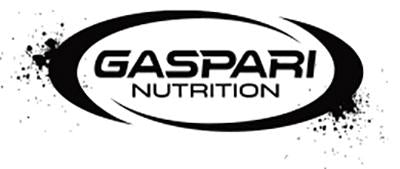
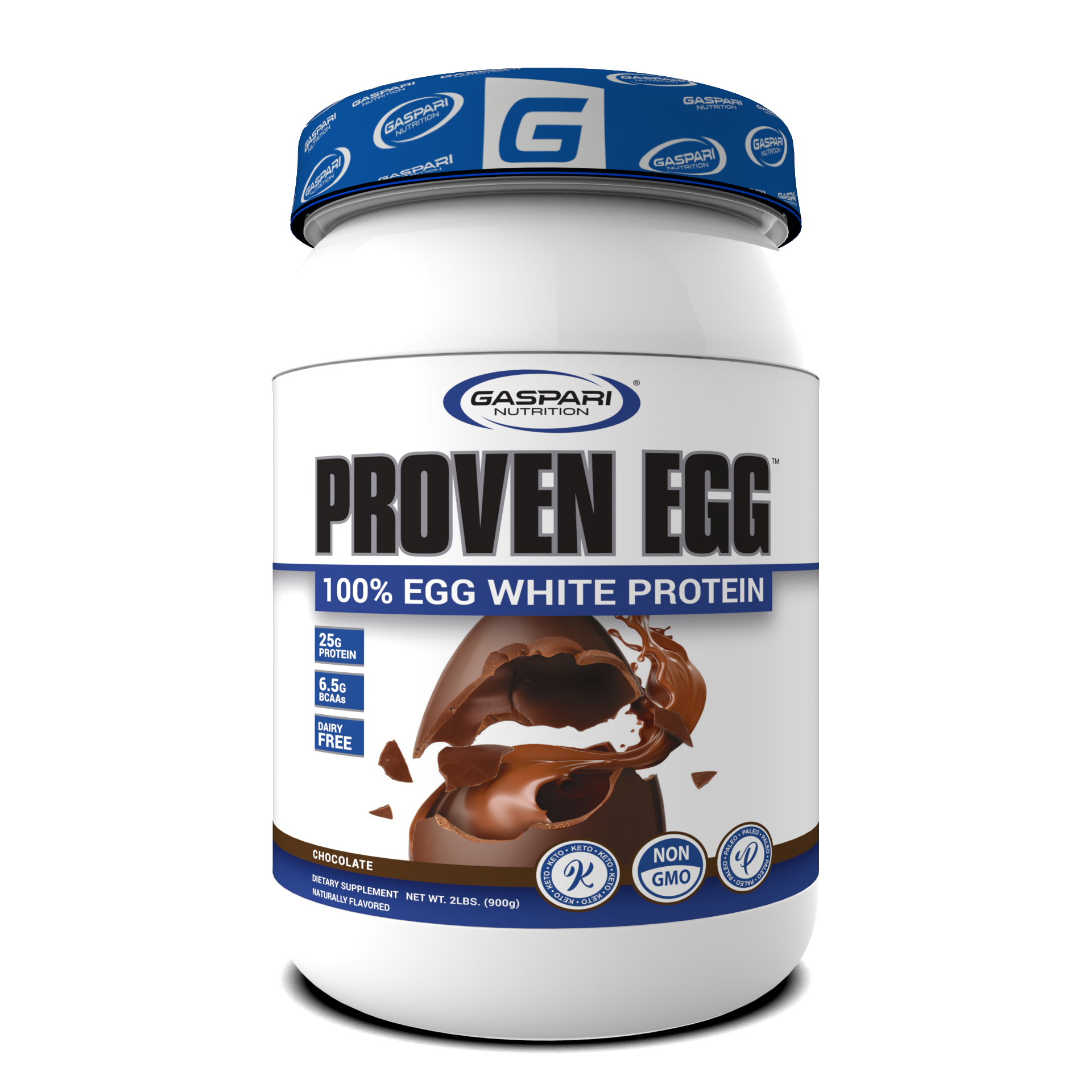




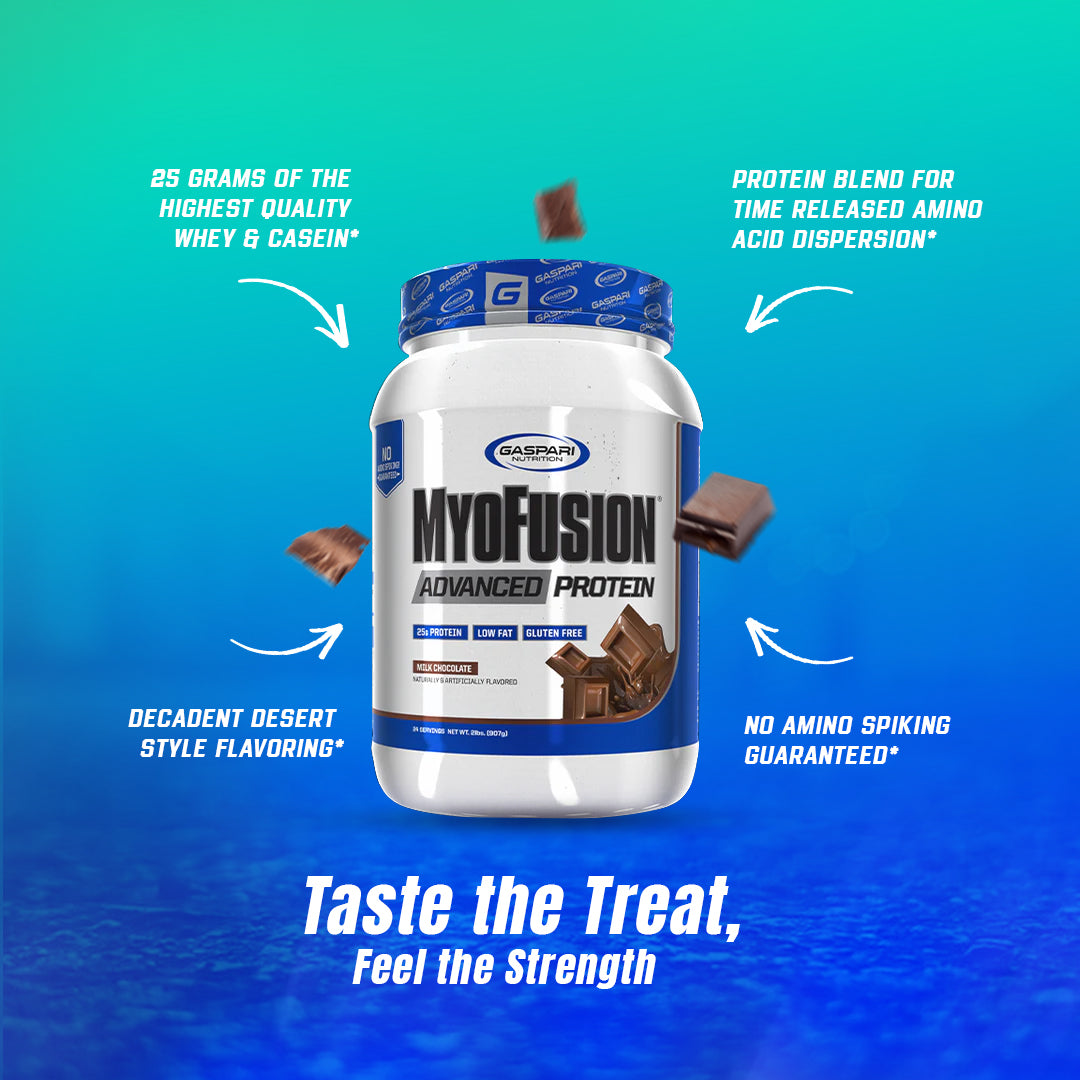







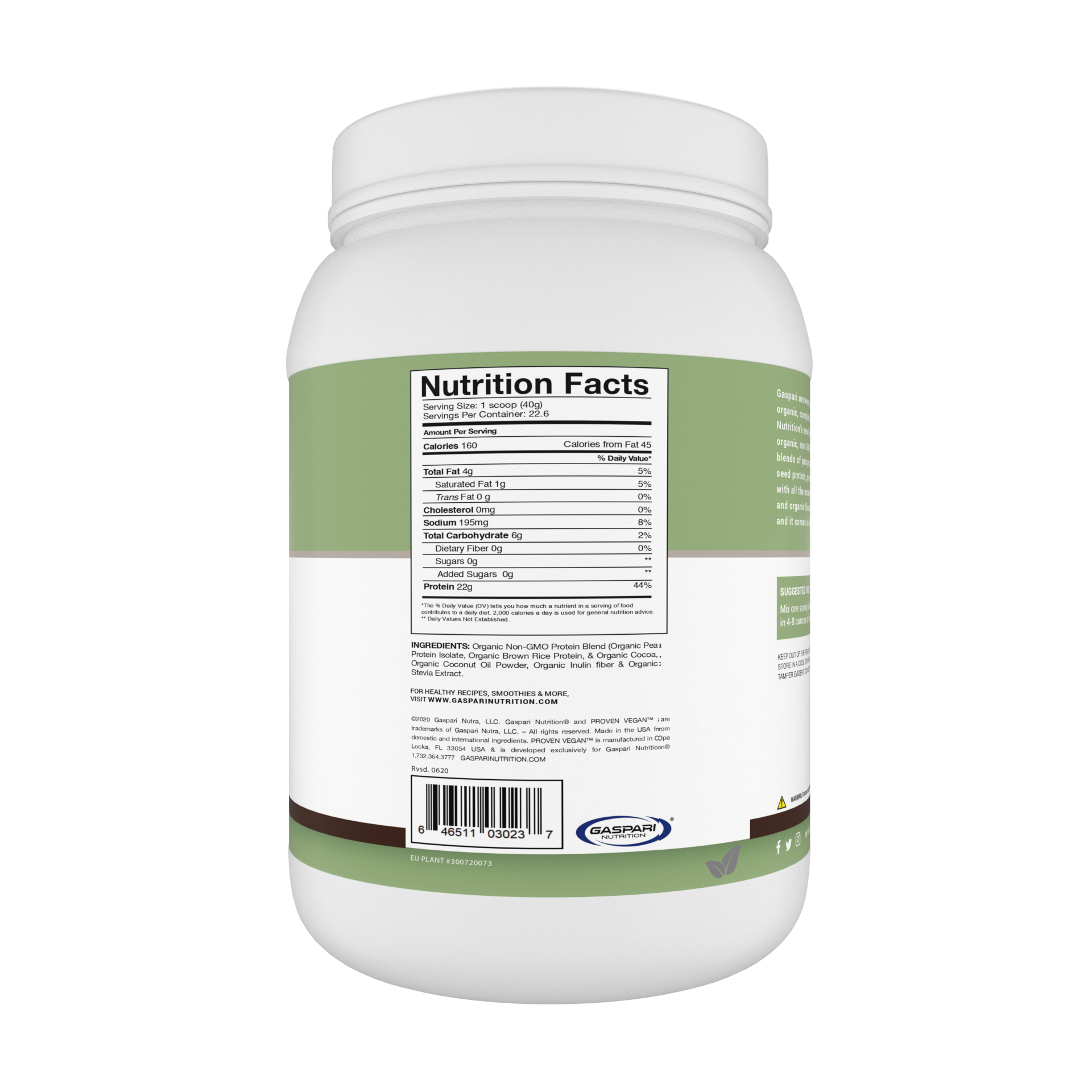

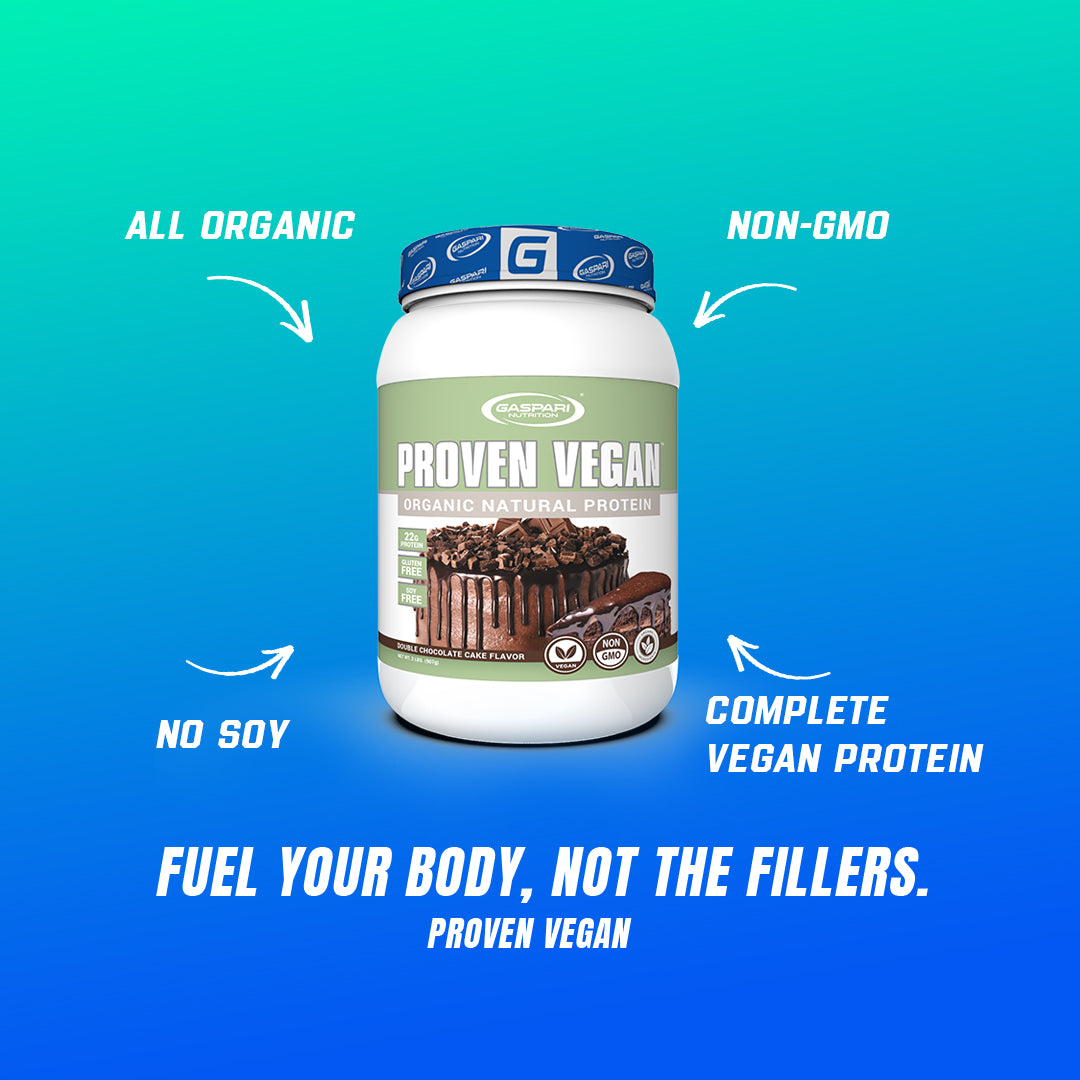
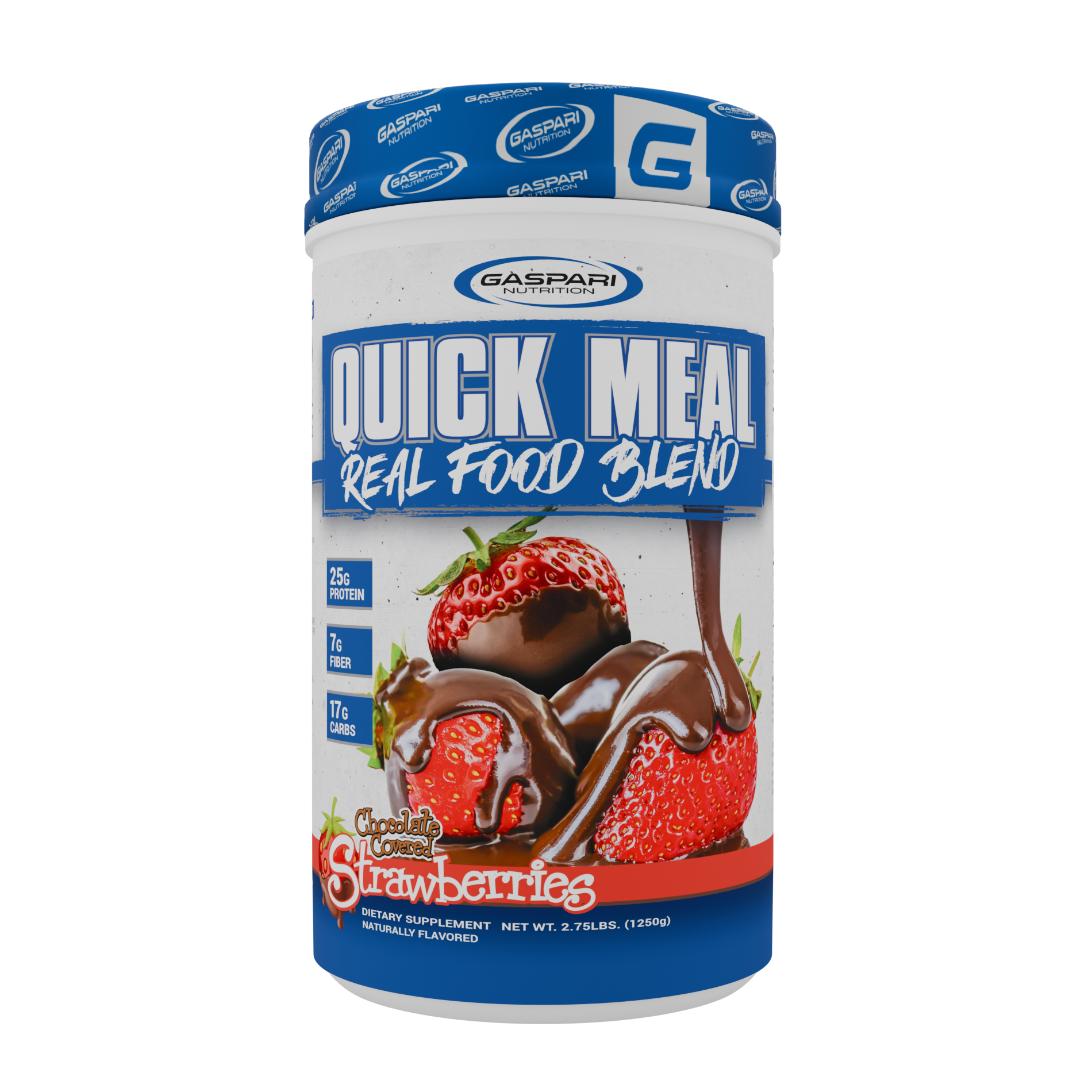



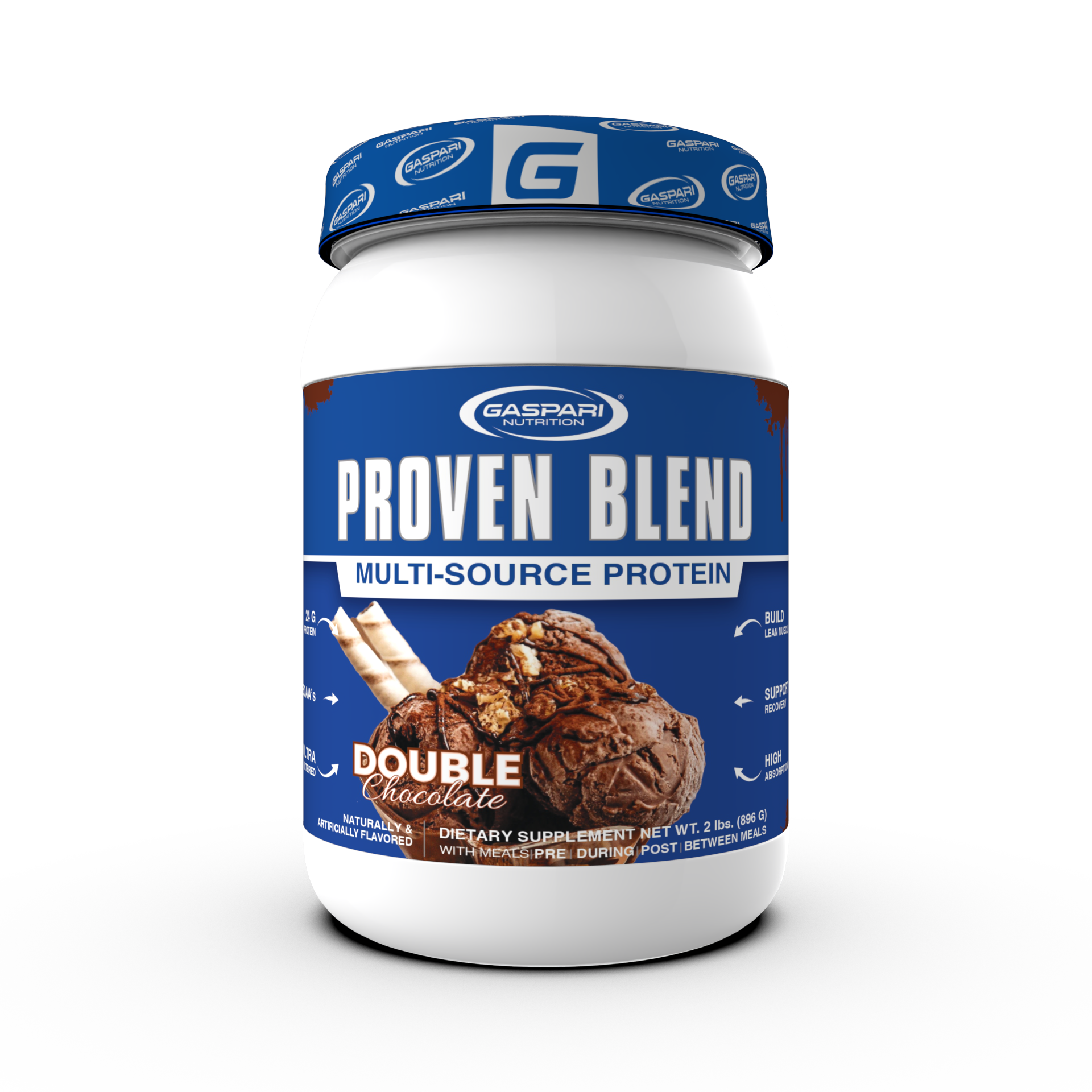
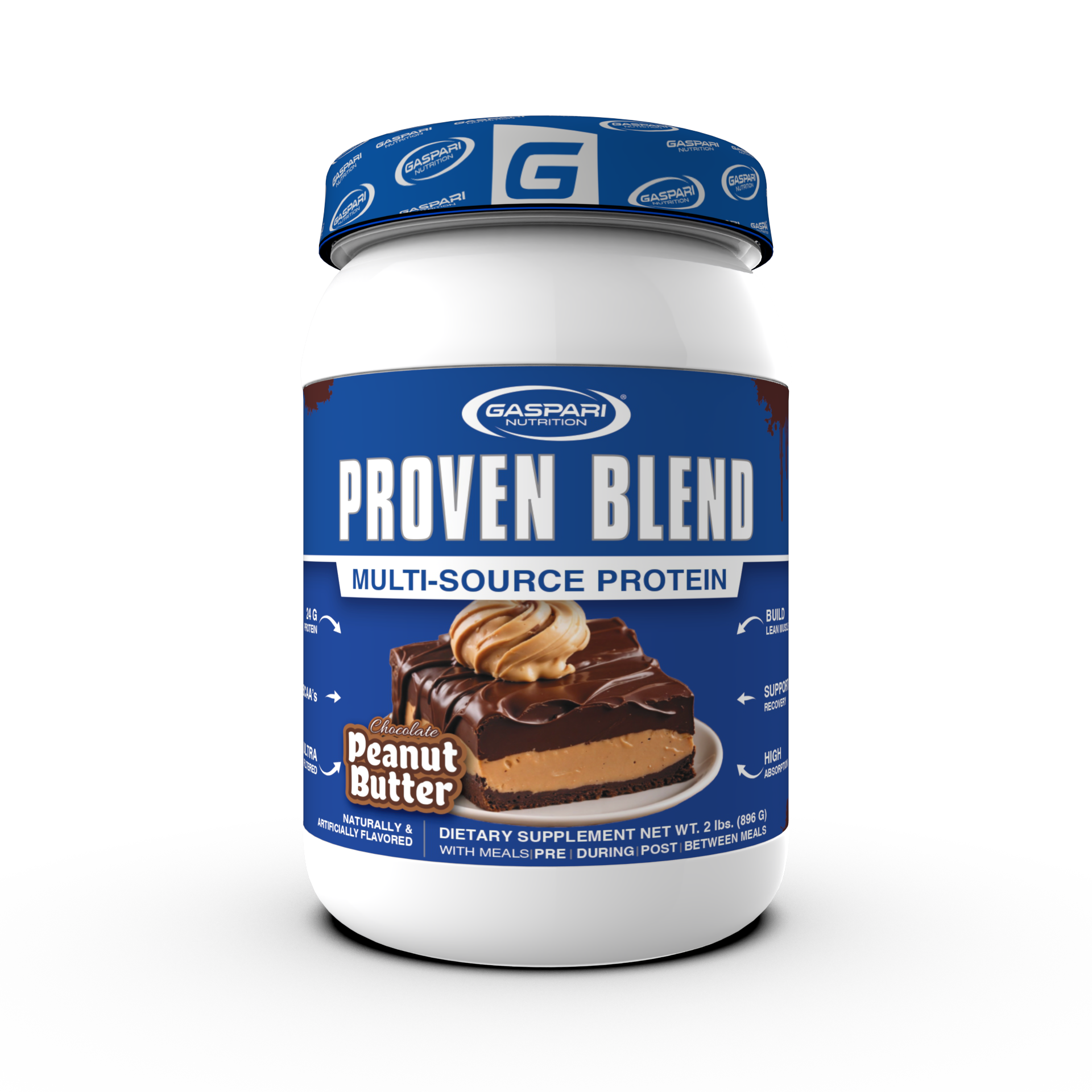


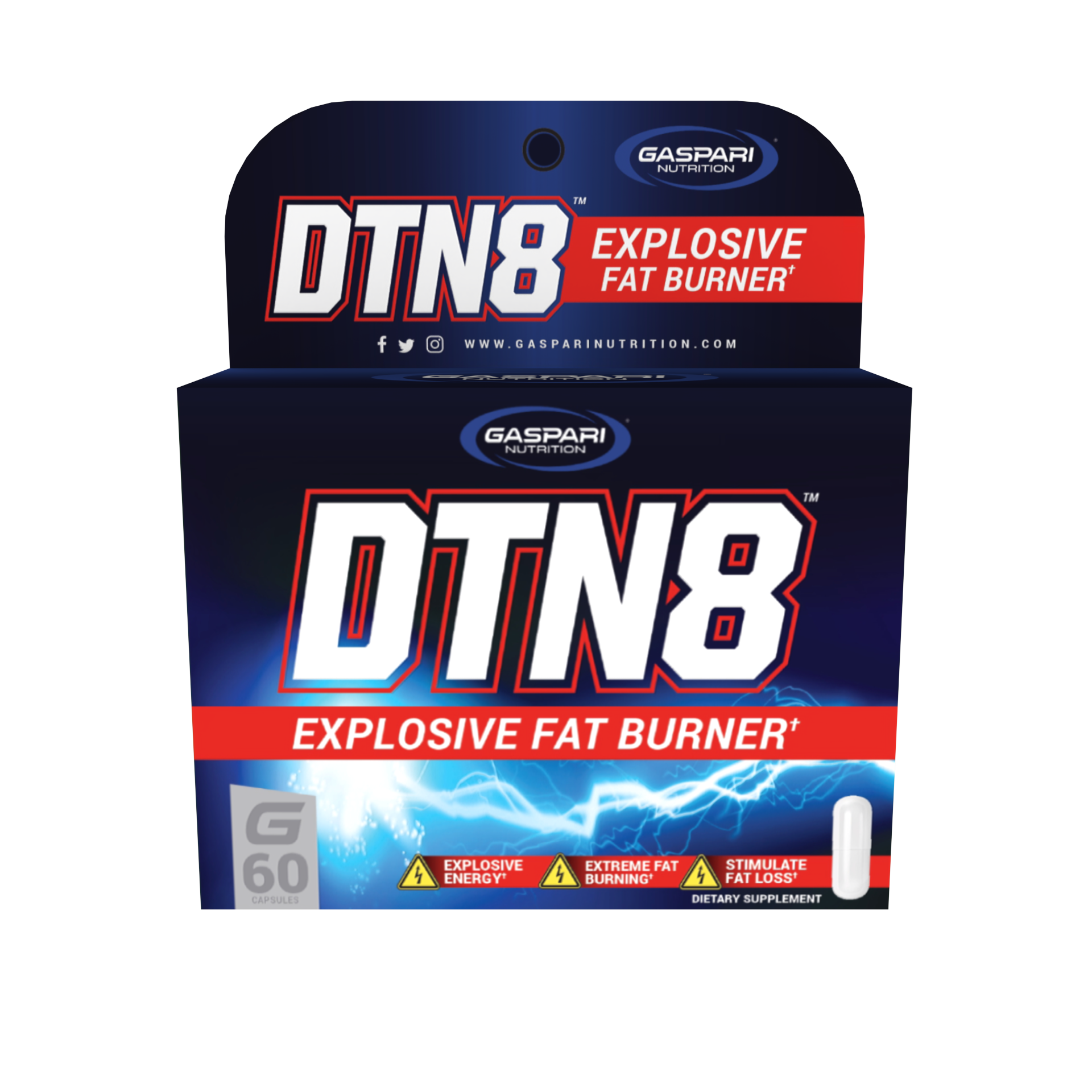



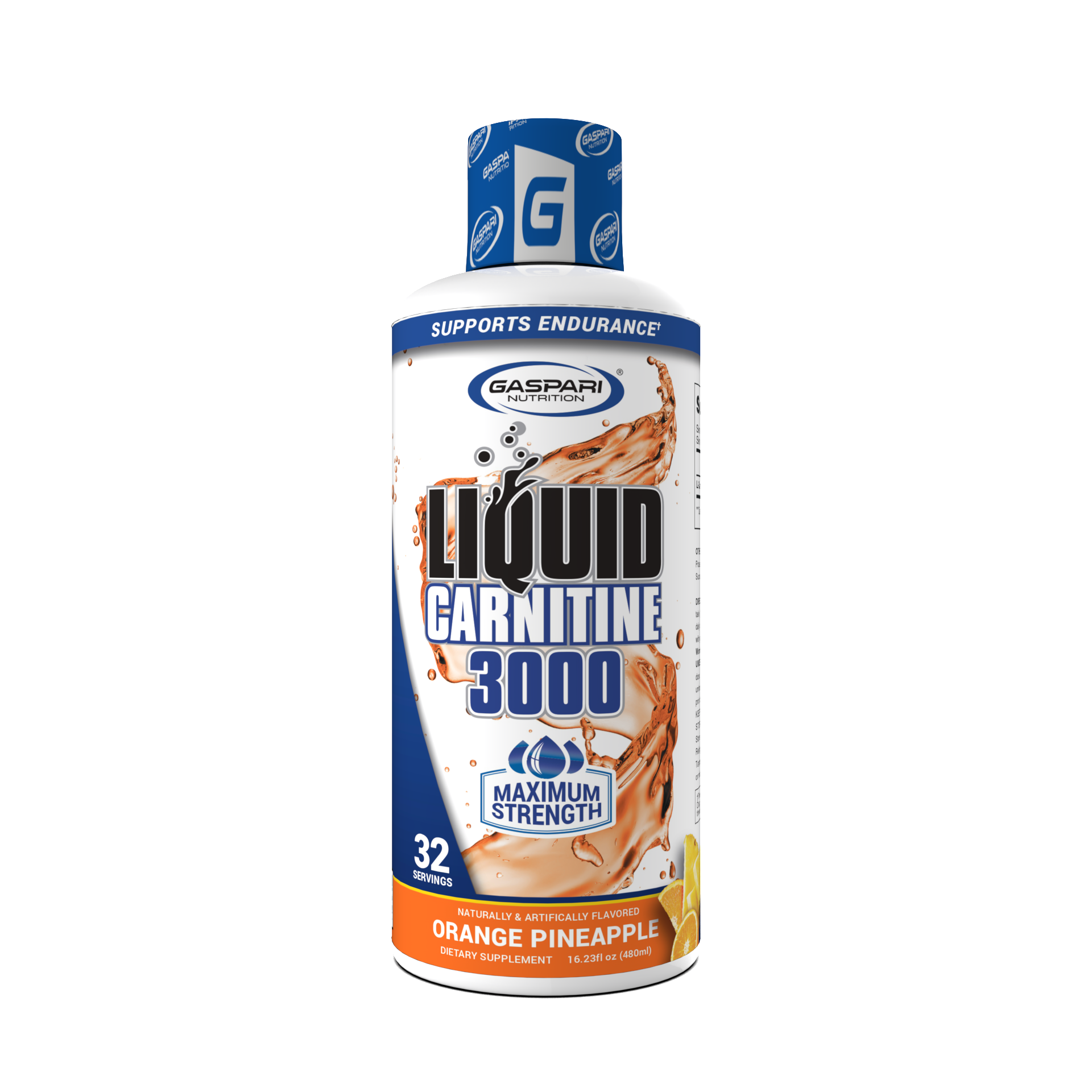


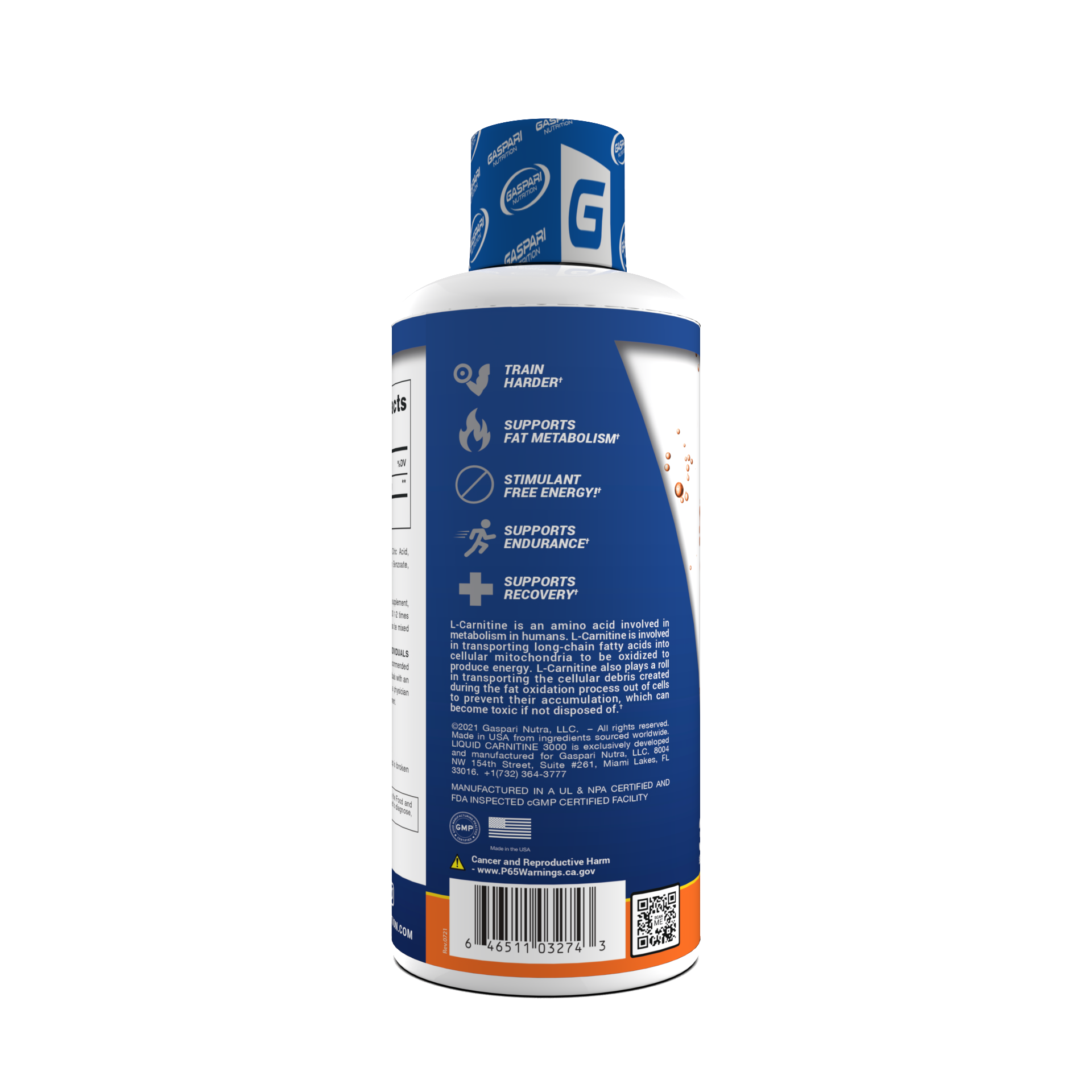

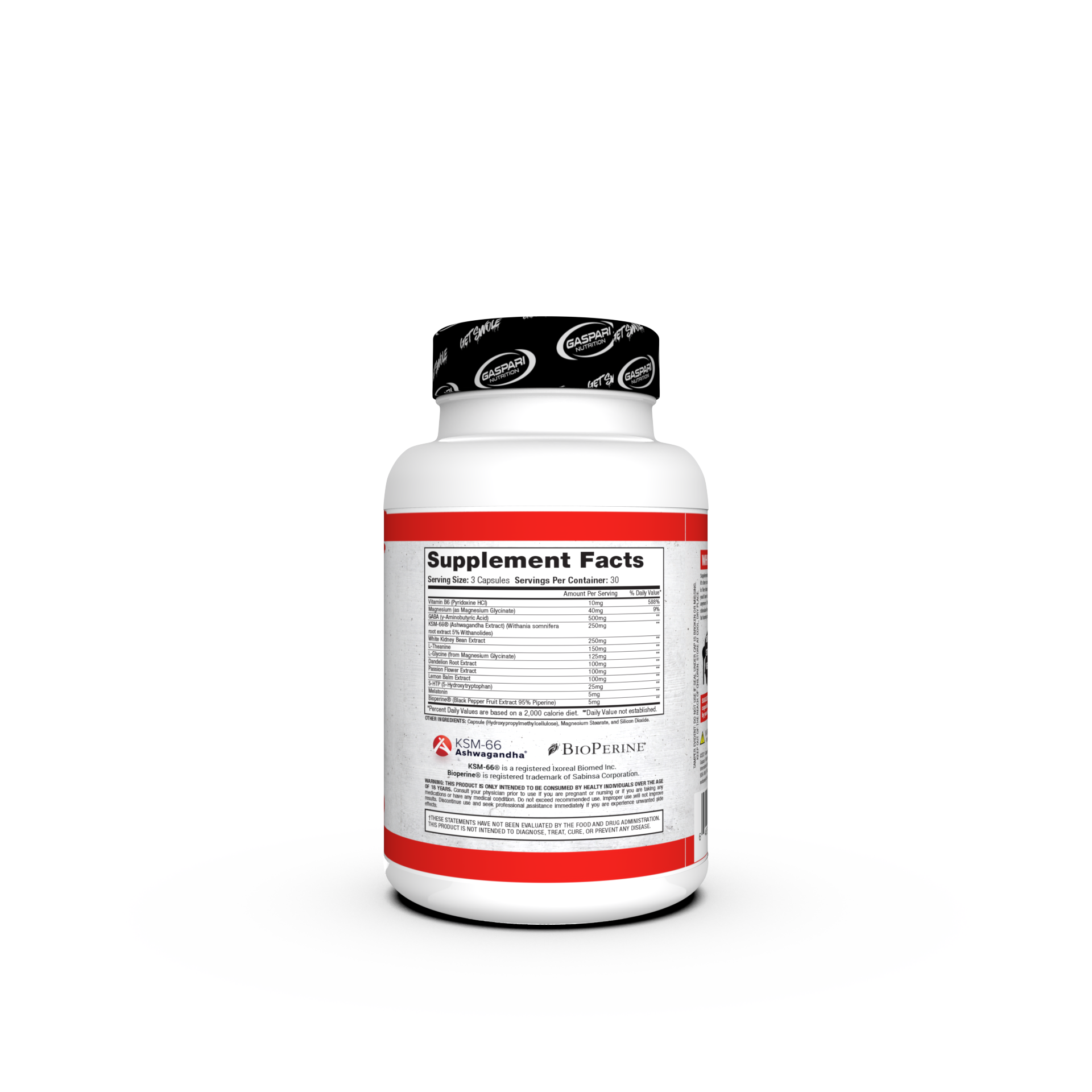


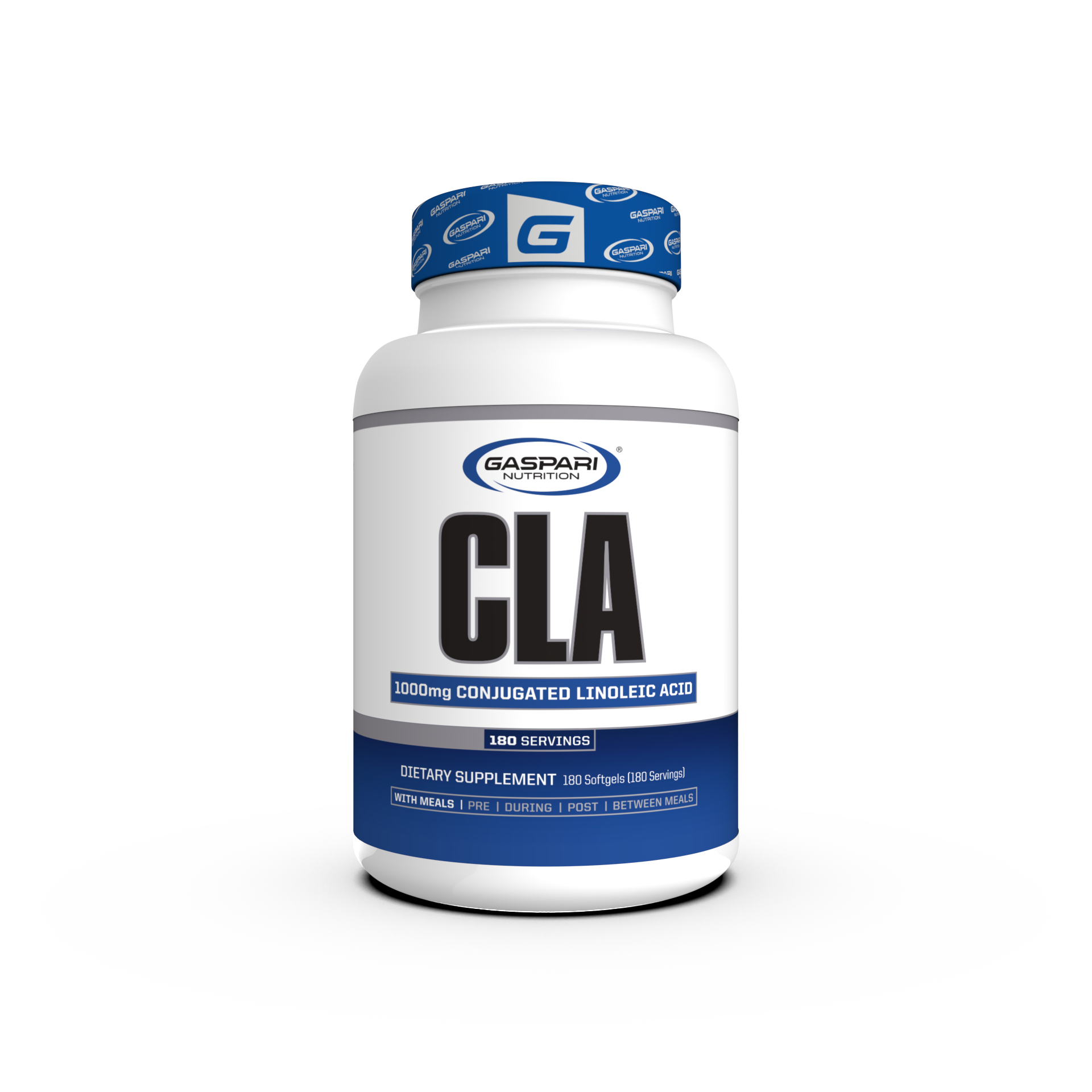

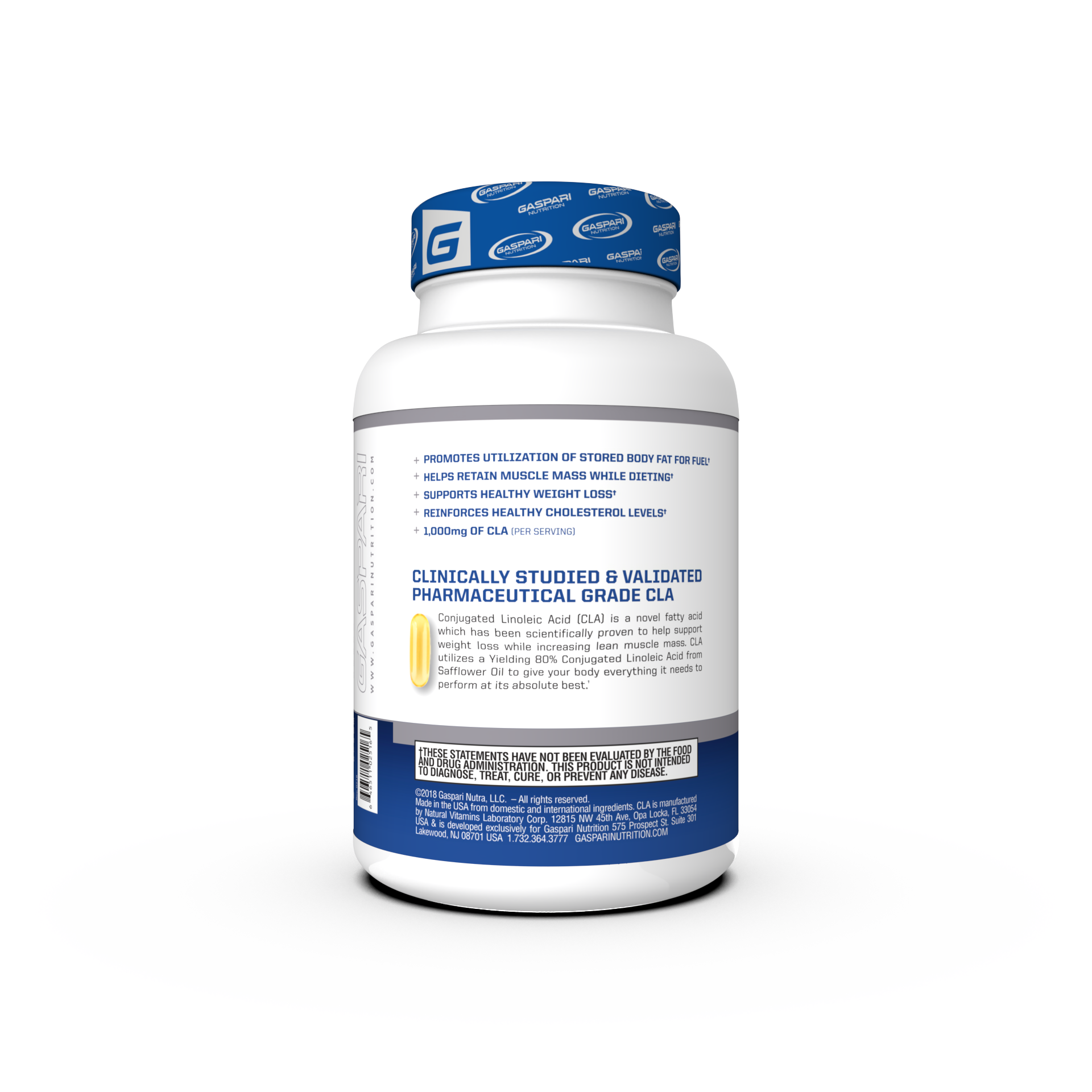



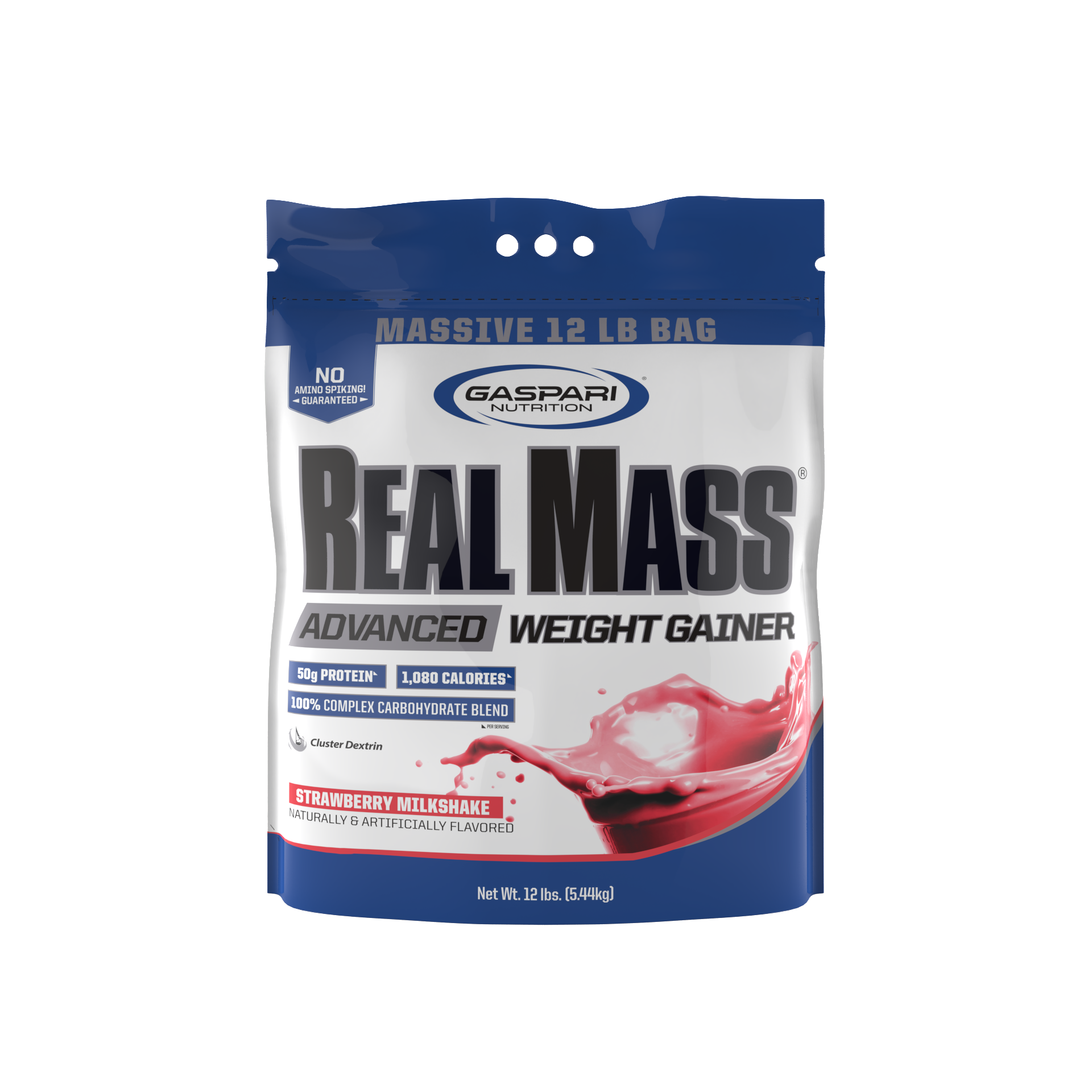

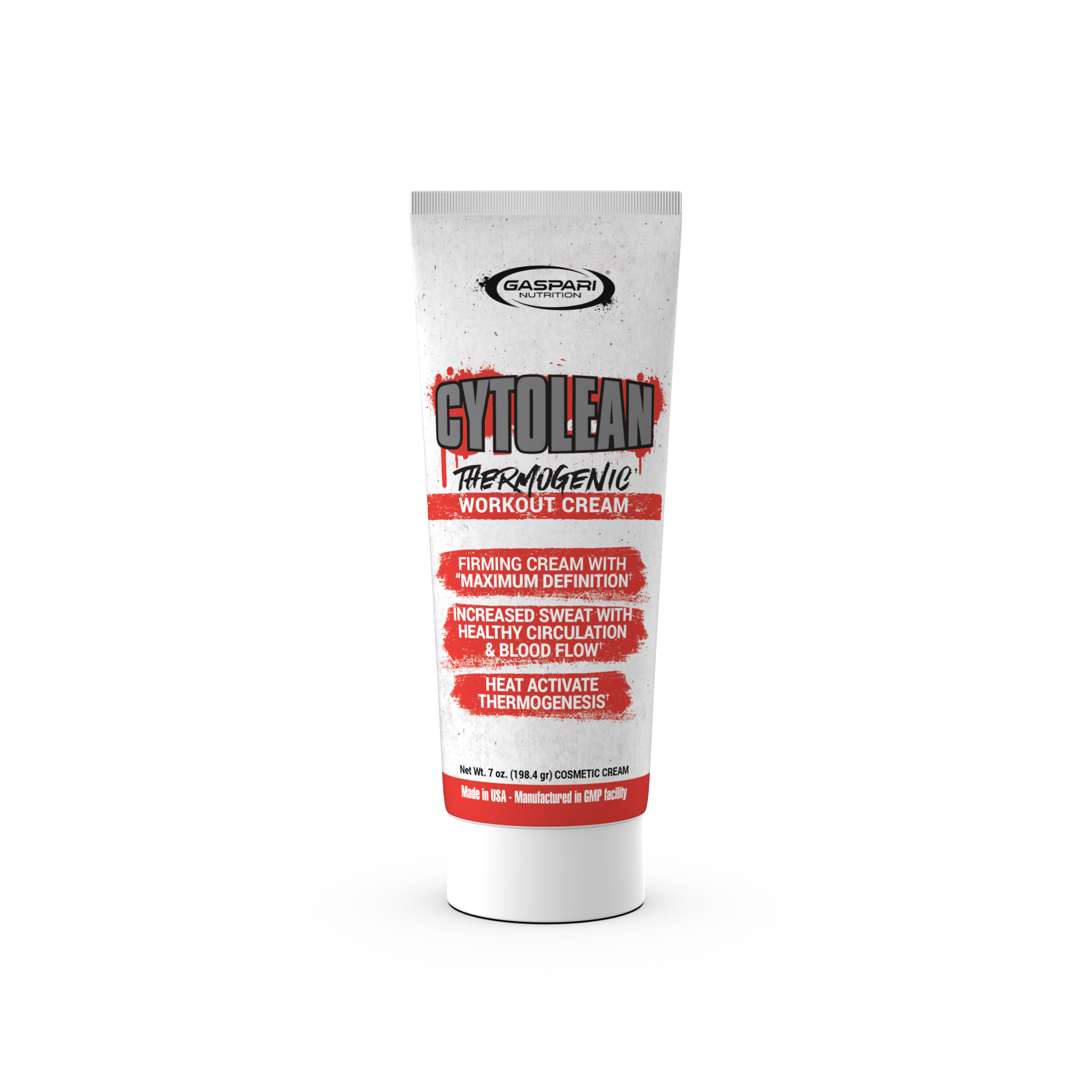








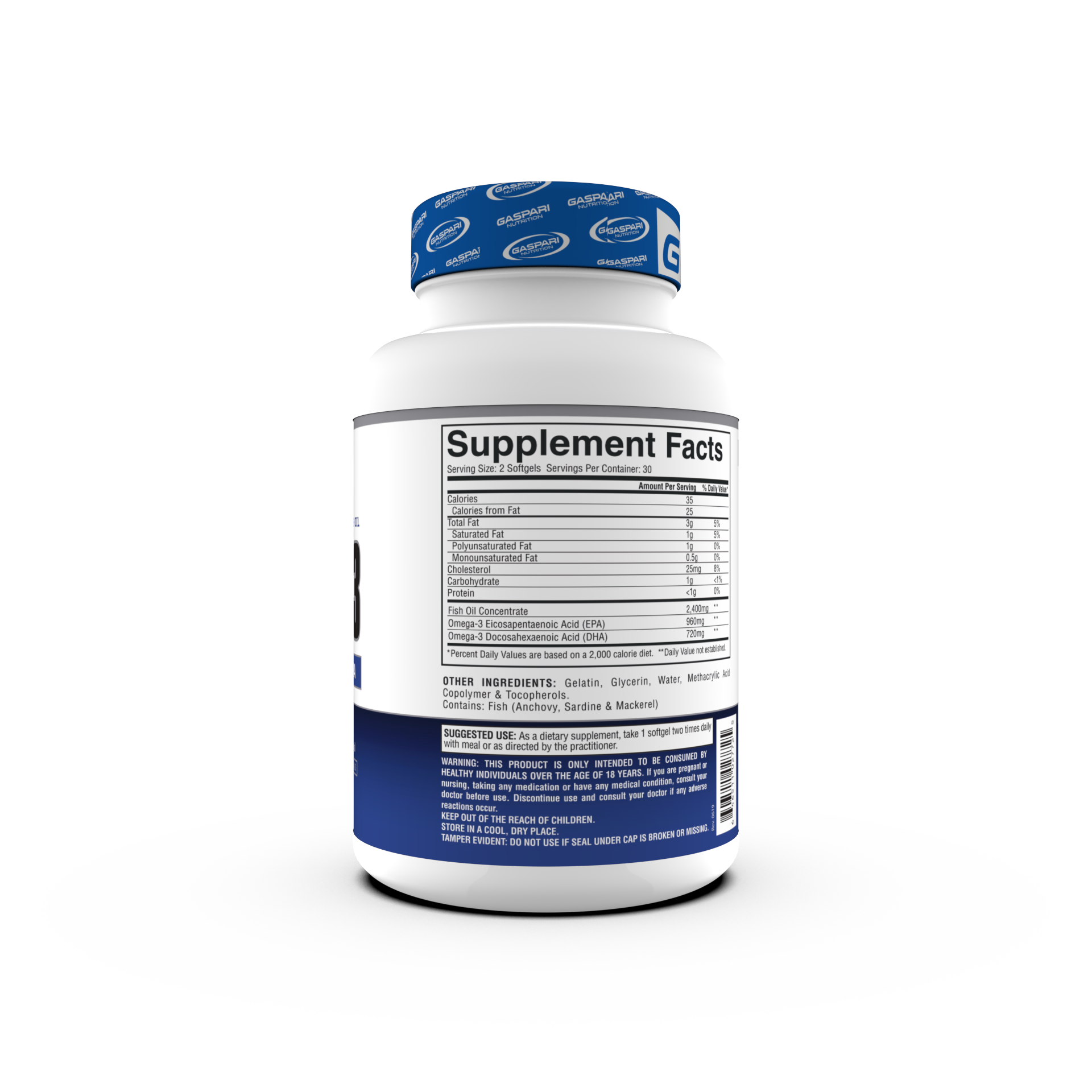
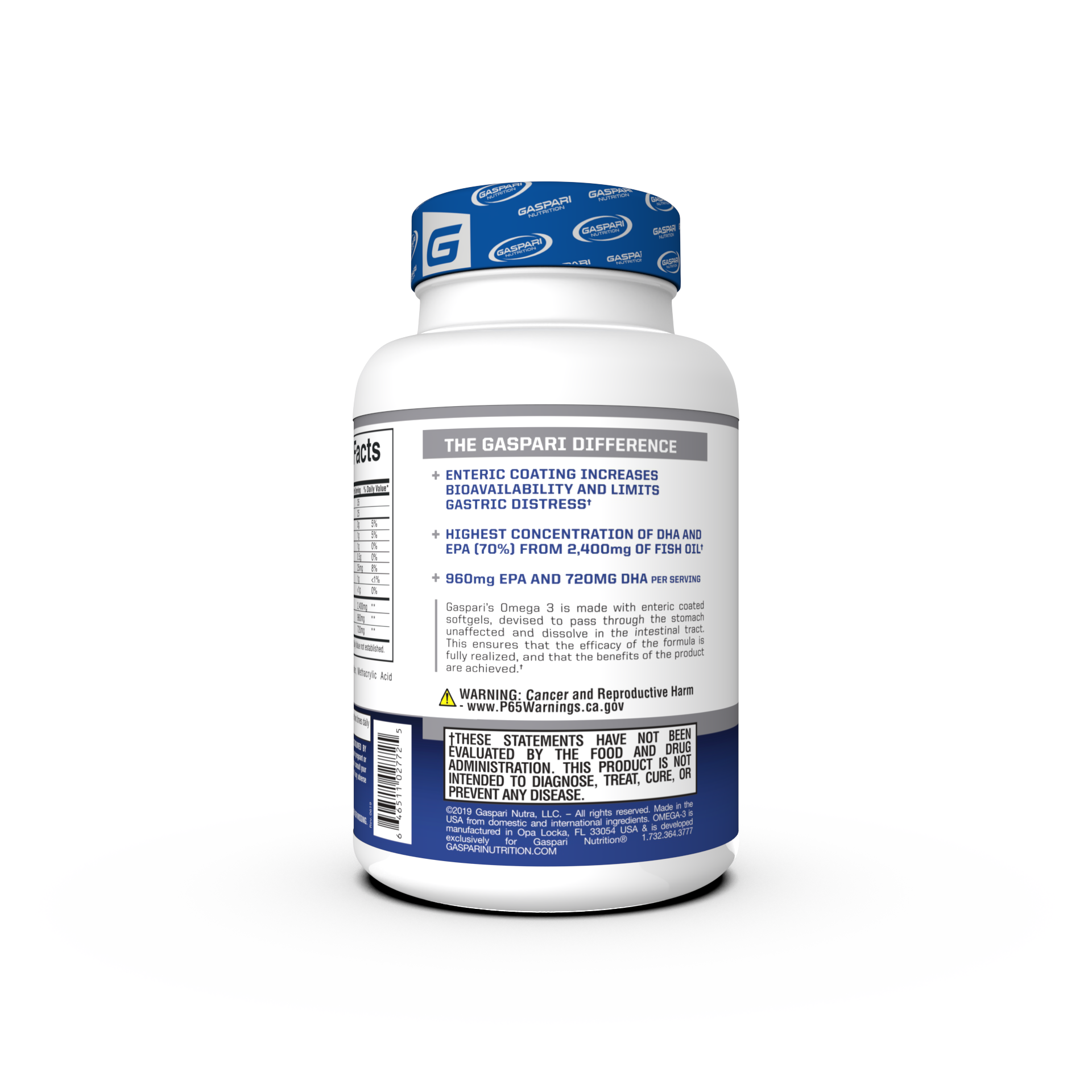

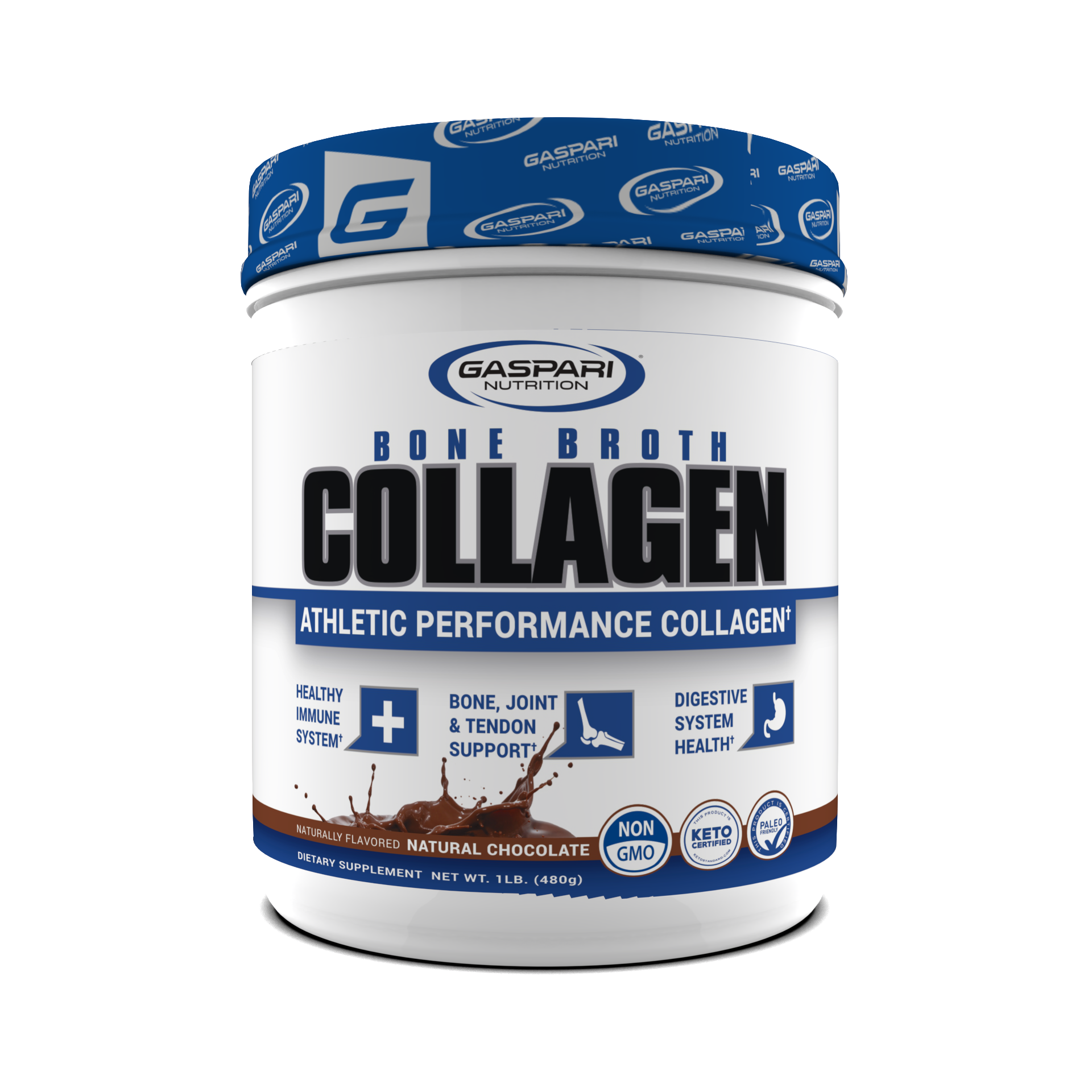







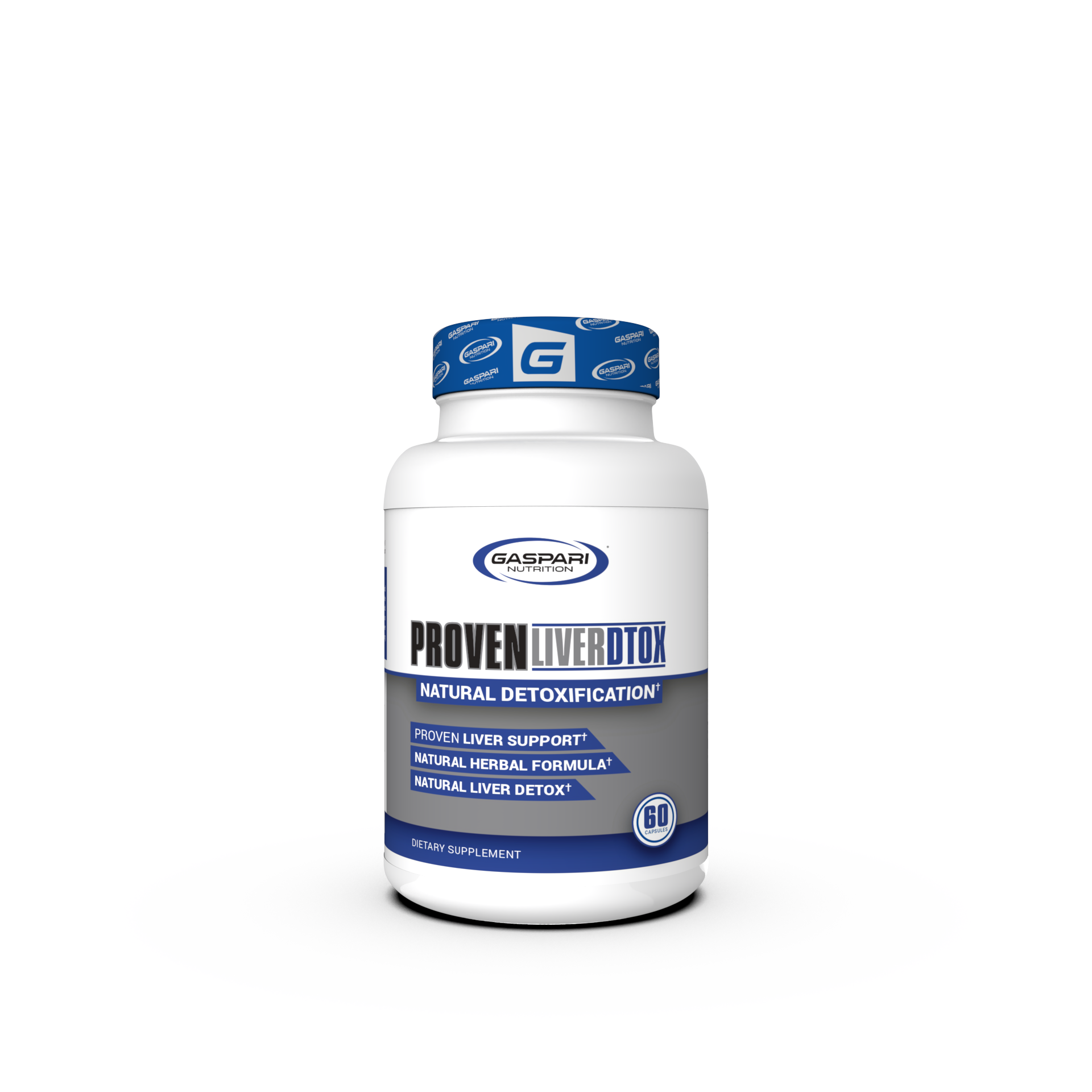

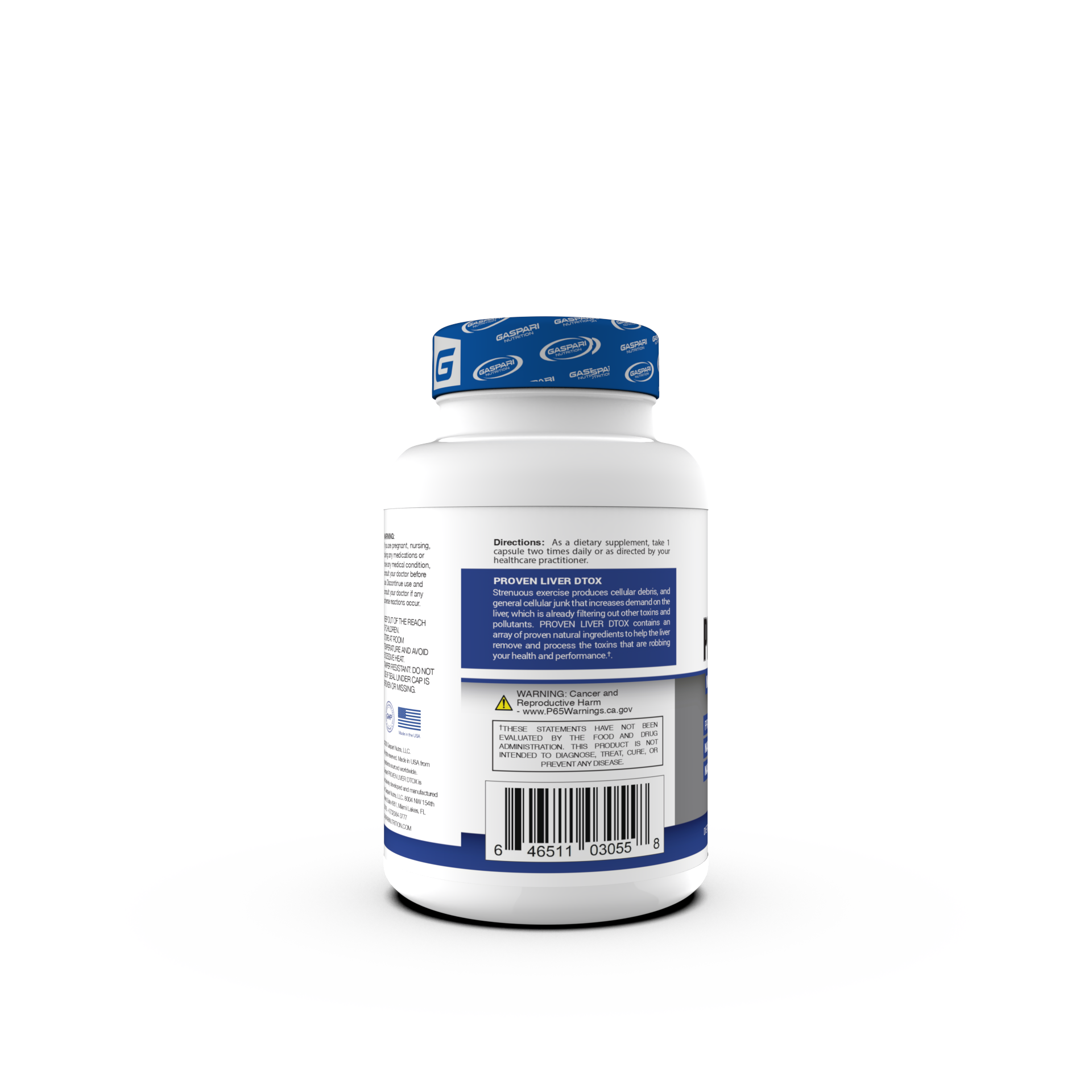

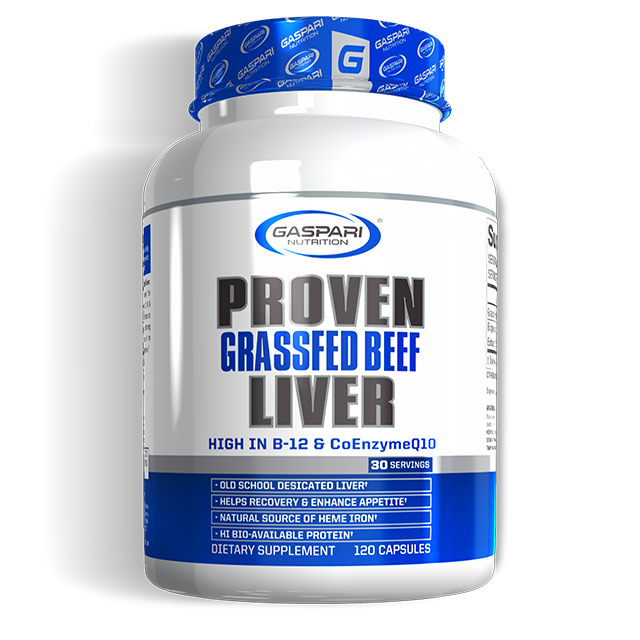





Share:
How Often Should I Work Out?
What Is The Best Way To Build Traps?